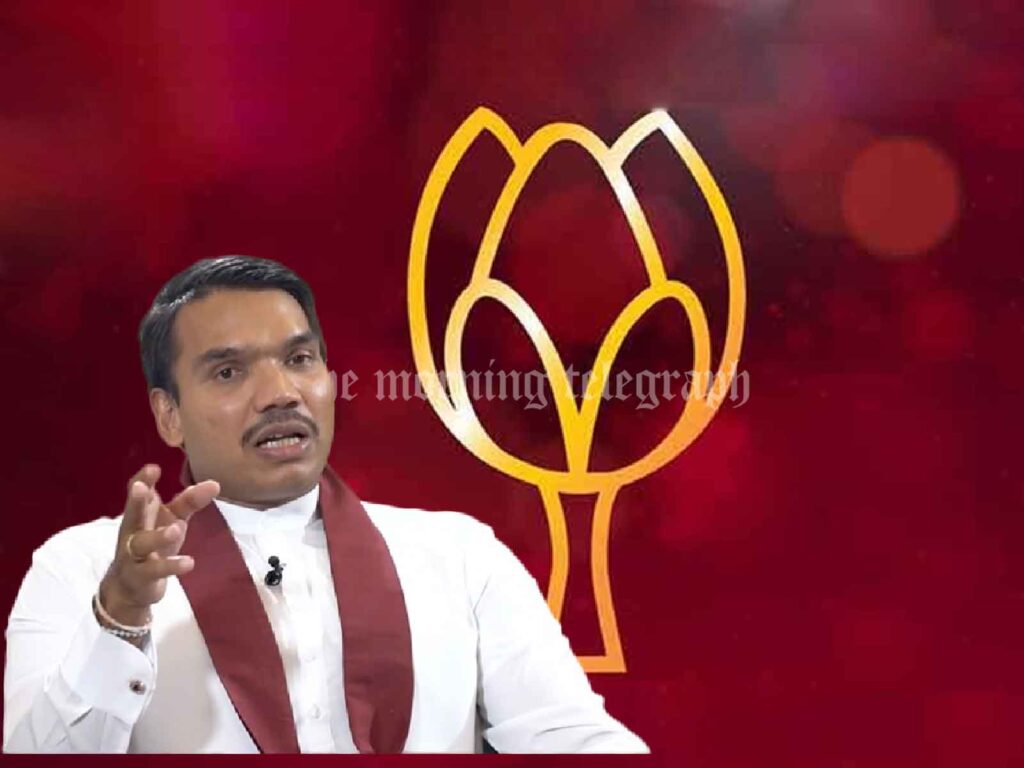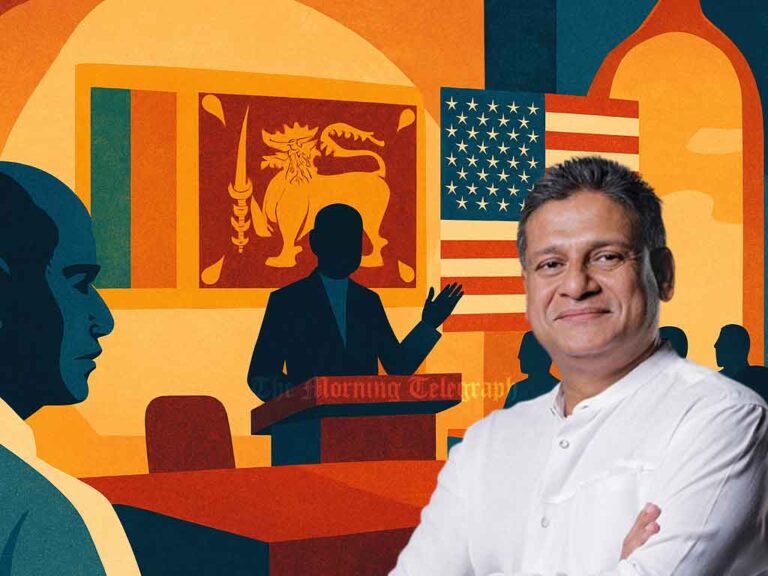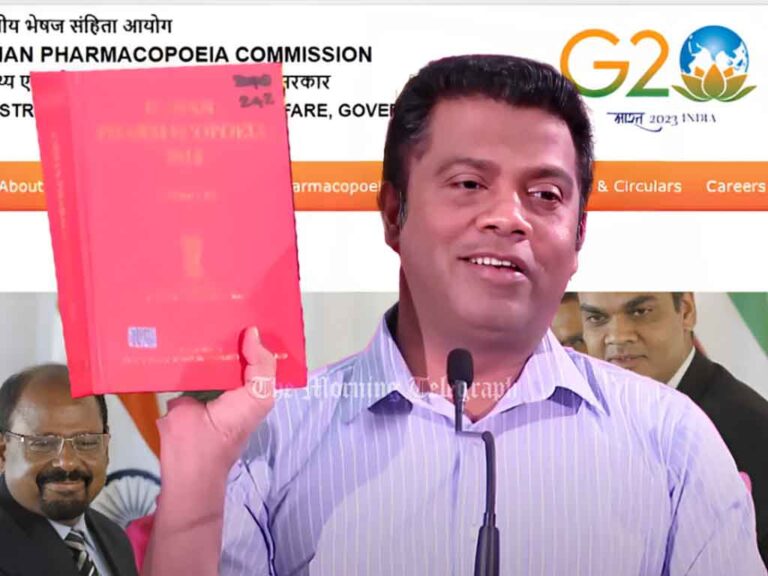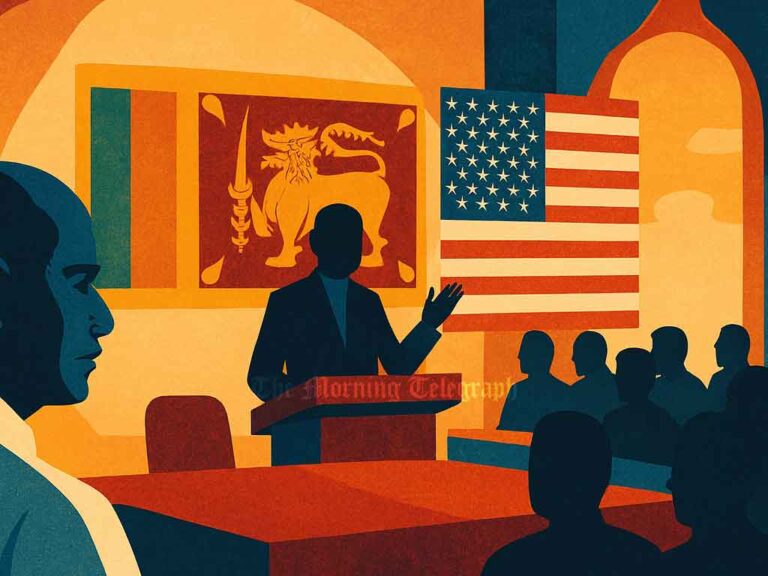
By Marlon Dale Ferreira
Colombo, September 24 — Namal Rajapaksa, once viewed as a rising star in Sri Lankan politics, found himself in a harsh spotlight after securing a meager 2.57% of the vote in the recently concluded Presidential Election. Despite his political lineage and years of grooming within the ranks of the Sri Lanka Podujana Peramuna (SLPP), Namal’s candidacy proved to be a spectacular miscalculation by his party, leaving him as the sacrificial lamb on the electoral altar.
Widely seen as a desperate attempt by the SLPP to cling to relevance, Namal’s bid for the presidency failed to garner significant support from a public that has grown increasingly disillusioned with the Rajapaksa family. His candidacy was met with palpable indifference, and in some circles, outright delight at his electoral downfall.
“The SLPP threw Namal to the wolves, knowing full well the public sentiment,” said a political analyst. “He was never going to win, but they needed someone to carry the burden of the party’s downfall, and who better than a Rajapaksa?”
The public’s overwhelming rejection of Namal signals a dramatic shift in Sri Lankan politics, as voters move away from the Rajapaksa brand that once held sway over the nation. Namal’s defeat has further exposed the widening cracks within the SLPP, which had once dominated the political landscape.
For Namal, this electoral humiliation may be the end of his political aspirations, at least for the foreseeable future. As the political dust settles, the question remains whether the SLPP can recover from this debacle, or if Namal was simply the first of many to fall in the party’s ongoing decline.




